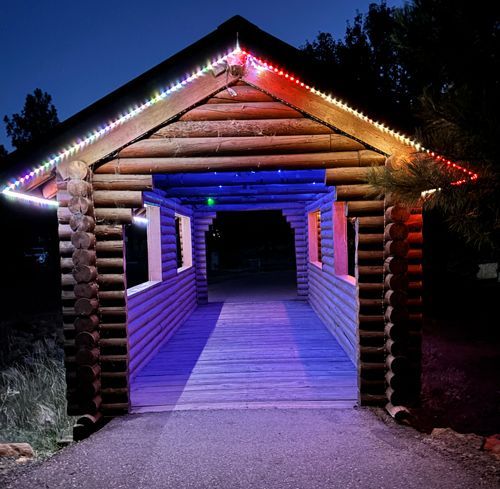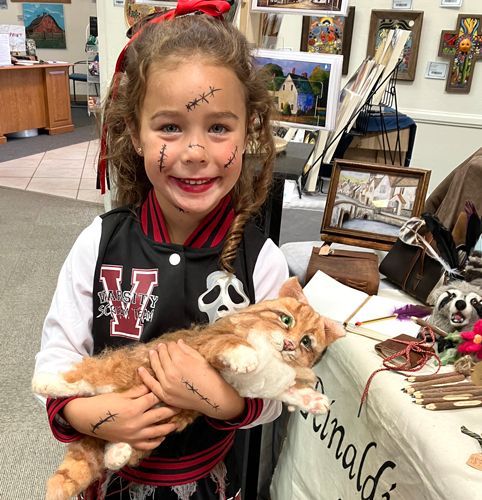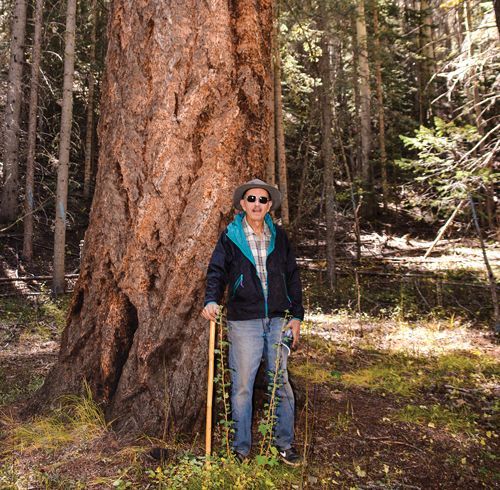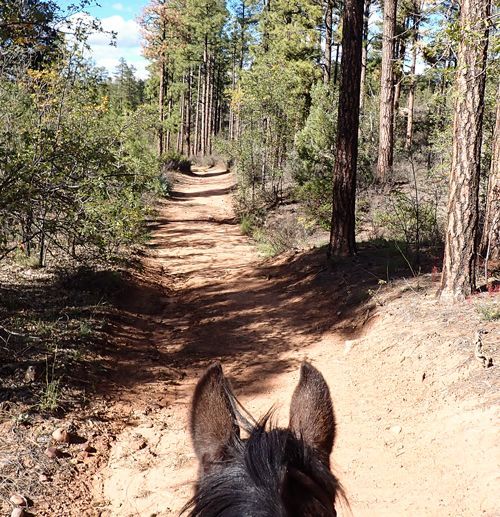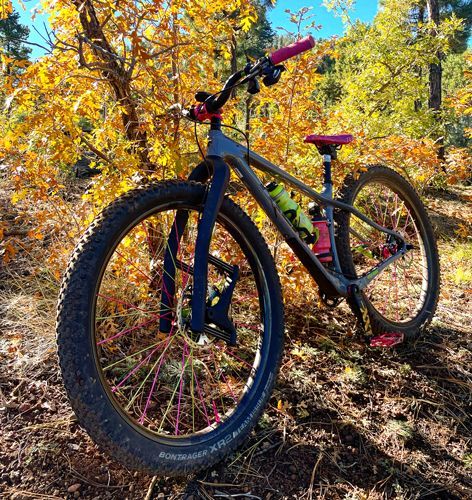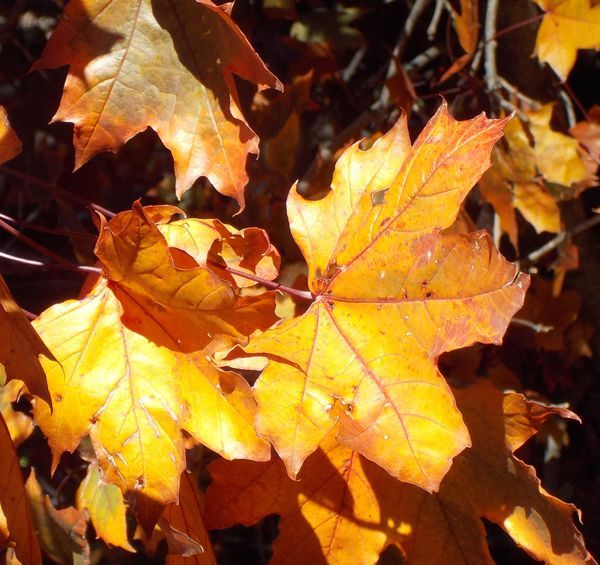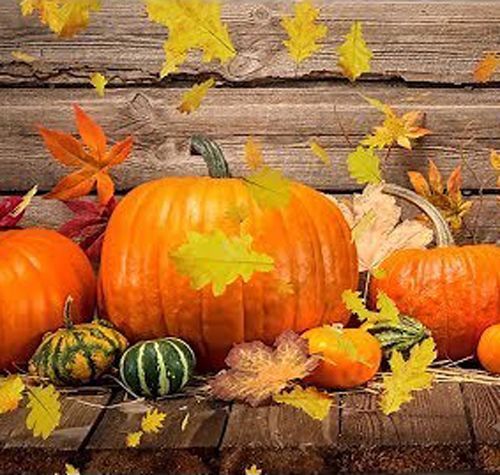Two kestrels find freedom
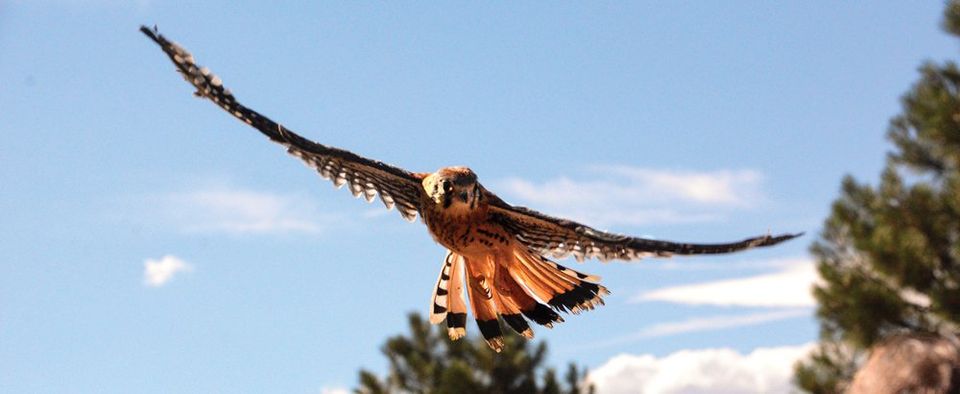
Two kestrels were released on July 15th at the White Mountain Nature Center (WMNC) — one female and one male. Jeff Wolf, who oversees the Raptor Rehabilitation Center at the WMNC, along with Chris Van Etten, who hosted the kestrels, brought media and members together to celebrate the freeing of the young falcons.
The White Mountain Nature Center started the rehab facility more than a year ago and have been saving raptors ever since.
Kestrels’ are nicknamed the “sparrow hawk” and are the smallest falcon in North America. Its Latin name is Falco sparverius or “falcon of the sparrows” -- even though it does not exclusively eat sparrows. Its diet typically primarily consists of mice and insects, such as grasshoppers. American kestrels prefer open country such as fields, meadows and marshes. If they can’t find a natural place to nest, they are open to using nesting boxes which the Nature Center and its volunteers have been graciously supplying around their property for years.
Kestrels are one of a few raptors that display sexual dimorphism, in that the males and the females look different. Females can be larger and have browner rufous-colored wings and backs, the males have bluish-gray wing feathers that contrast with their rufous backs. Females also have multi-striped tails while males have a solid rufous-colored tail.
“Free as a bird
It’s the next best thing to be
Free as a bird
Home, home and dry
Like a homing bird I’ll fly
As a bird on wings...
Whatever happened to
The life that we once knew?
Always made me feel so free...”
Songwriters: Harrison George / Lennon John Winston /
Mccartney Paul James / Starkey Richard
Free as a Bird lyrics © Lenono Music

